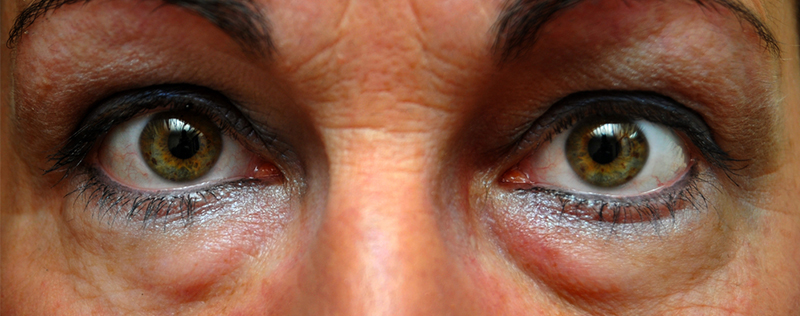Blepharoplasty, the umbrella term for both upper and lower eyelid surgeries, is a procedure that requires some form of anaesthesia. There are three types of anaesthesia – local, sedative and general anaesthesia.
Why would a surgeon choose one type of anaesthesia over another? Do some forms of sedation cause more problems than others? These are all important questions that we’d like to answer now.
Types of Anaesthesia Used in Eyelid Surgery
- Local anaesthesia involves injecting numbing medicine at the area to be operated on and means that you are awake, but feeling no pain.
- Sedative anaesthesia also known as twilight anaesthesia means an anaesthesiologist medicates you – orally or intravenously – so you sleep during surgery. Oral administration of sedative drugs does not produce the sudden and profound respiratory depression that can create the problems caused by general anaesthesia. Additionally, the onset and progression of the relaxation is more gradual and natural, similar to taking a sleeping pill and slowly dozing off.
- General anaesthesia means that the patient is completely unconscious and requires a tube in order to breath. It carries the greatest risk and recovery (which takes a minimum of four hours) of all the anaesthesia options for eyelid surgery.
Which Anaesthesia Is Right For Your Eyelid Surgery?
Blepharoplasty is often performed as a single procedure, in which case local and sedative anaesthesia are appropriate. For patients who are undergoing additional facial procedures – brow lift, facelift, skin resurfacing, rhinoplasty, and/or liposuction – general anaesthesia may be the best option.
The ideal choice of anaesthesia differs from patient to patient, depending on such factors as
- Medical history
- Previous experiences of anaesthesia
- Allergies
It also differs depending on the specific eyelid surgery to be performed.
Anaesthesia for Upper Eyelid Surgery
Upper eyelid blepharoplasty can be performed as an outpatient procedure with local anaesthesia and a simple pre-op oral tranquiliser or pain pill as pre-medication. The upper eyelid is easy to numb, and the surgery is done outside your field of vision, which makes it less stressful
However, if an individual is extremely anxious, it may be more appropriate to consider IV sedation, especially for patients with a strong adversity to needles.
Anaesthesia for Lower Eyelid Surgery
Lower eyelid blepharoplasty surgery typically requires a bit more than just local anaesthesia, using either IV sedation or general anaesthesia. A lower blepharoplasty usually includes either excision or rearrangement of the fat pads under the eyes that cause excess bags, and it can be unnerving for patients to watch their surgeons working.
In addition, excess skin can be eliminated underneath the eyelids using a well-hidden incision under the lower eyelashes. For these reasons, local anaesthesia may be insufficient to calm a patient and/or numb the procedure area.

